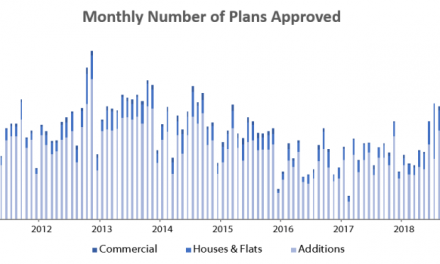
Financial sector remains profitable and well capitalised

The banking sector remains liquid, profitable, and well capitalised, while the non-bank financial sector is sound, reporting funding and solvency positions above the prudential limits, according to the Macroprudential Oversight Committee of the Bank of Namibia.
Bank of Namibia governor Johannes !Gawaxab said this bodes well for financial stability because the financial system was able to withstand the impact of the COVID-19 pandemic coupled with challenging macroeconomic conditions.
“Although overall banking sector key performance indicators improved, asset quality remains a concern. The liquidity ratio increased from 15.9% in the second quarter of 2021 to 17.8% in the third quarter. Capital adequacy slowed marginally on a quarterly basis, but remained well above prudential requirements,” !Gawaxab said.
He noted that profitability improved and is recovering to pre-pandemic levels, as represented by the return on equity (ROE) and return on assets (ROA) ratios. The ROE ratio increased from 11.8% in the second quarter of 2021 to 13.6% in the third quarter; while the ROA ratio increased from 1.4% to 1.6% over the same period.
“The stress tests indicated that the banking sector will remain solvent over the next 12 months. Of concern is the continued increase in the non-performing loan ratio during the period under review, though marginally; however the Bank is monitoring these developments closely,” he added.
Further, the Non-Bank Financial Institutions Sector (NBFIs) remained sound and sufficiently capitalised. The NBFIs recorded a quarterly growth rate in assets of 2% between the second and third quarter of 2021, driven mainly by market returns from pension funds and new business from long-term insurance (LTI) and collective investment schemes (CIS).
“Although the pension fund industry remained solvent, there are concerns regarding benefits paid exceeding contributions received, which is as a result of the impact of the pandemic on the labour market. However, there is some comfort that the return on investments recorded a 4% growth rate, during the period under review and hence remained sufficient to cover the gap identified above. The LTI sector remained solvent with sound reserves and net premiums sufficiently covering claims. In addition, the CIS sector remained stable. The regulator will continue to monitor developments accordingly,” !Gawaxab added.
!Gawaxab stressed that potential financial vulnerability build-up would largely emanate from adverse developments related to the COVID-19 pandemic impending fourth wave coupled with vaccination hesitancy.
“Another vulnerability build-up observed is the government debt level which has increased above the SADC target,” he added.
The Macroprudential Oversight Committee, which held its second bi-annual meeting on 09 December, is of the view that the current developments do not warrant further macroprudential policy interventions.










































